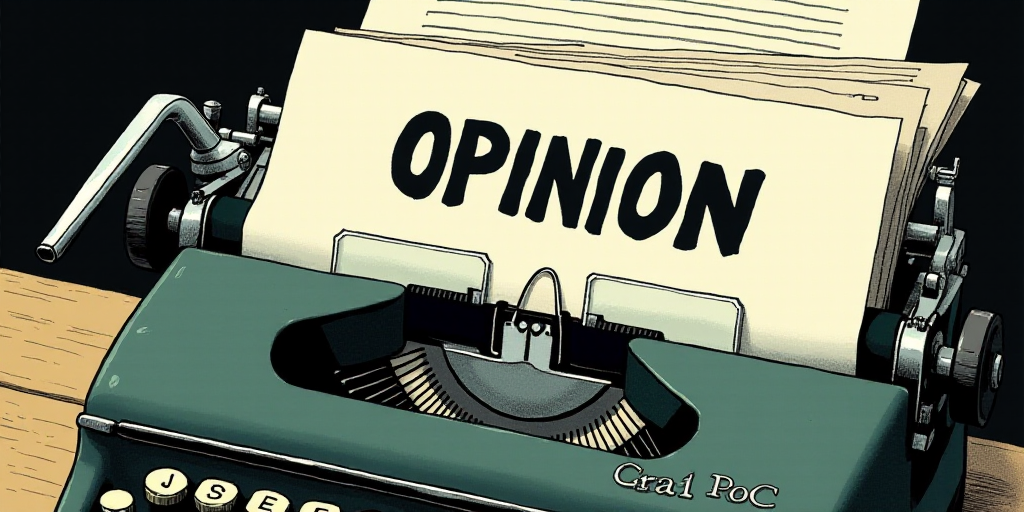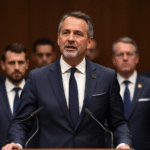Introduction
In 2024, Banco de México celebrated 30 years of institutional autonomy. This period saw significant efforts to defend the concept, primarily during the early 2010s under the leadership of Alejandro Díaz de León (2019-2021) and the support of the Governing Board.
Defending Autonomy: Key Challenges
Four key challenges emerged during this time, with the most prominent being pressure to discretionarily lower interest rates. The defense argued that temporary, artificial rate reductions were unsustainable and would instead lead to higher nominal and real interest rates due to escalating inflationary pressures.
Another challenge was the push to use the international reserves, at least partially, to settle government debt. Banco de México authorities carefully explained that such a move was not feasible, as the fresh reserves were non-existent from a net perspective. The reserves were funded by liabilities in the form of issued banknotes and coins.
Less Dangerous, Yet Persistent Pressure
A less threatening, yet persistent demand was to transfer the annual surplus from the Fondo Monetario Internacional (FMI) account in Mexico’s favor, known as Derechos Especiales de Giro (DEG), to the Secretaría de Hacienda. When this request reached Banco de México, it was met with skepticism. It was hard to fathom that government economists did not understand this measure merely signified expanding a credit line, which was desirable but never intended to be used.
The Final Point of Contention: The Operational Surplus
The last point of disagreement revolved around the annual operational surplus, or “remanente de operación.” Critics questioned the point of debating a surplus that would eventually go to the treasury as a positive line item in the Income Law. The controversy may have stemmed from the insistence on utilizing this surplus before finalizing the Federal Finances or mistakenly assuming the institution had discretion over its amount determination.
Key Questions and Answers
- Q: What was the main focus of Banco de México’s 30-year autonomy journey? A: The primary focus was defending the institution’s independence from external pressures, particularly regarding interest rate adjustments and the use of international reserves for government debt settlement.
- Q: What were the key challenges faced during this period? A: The main challenges included discretionary interest rate reductions, using international reserves for government debt, transferring FMI surpluses to the treasury, and debates over the operational surplus.
- Q: How did Banco de México respond to pressure for discretionary interest rate cuts? A: Banco de México argued that temporary, artificial rate reductions were unsustainable and would lead to higher interest rates due to escalating inflationary pressures.
- Q: Why couldn’t international reserves be used to settle government debt? A: Banco de México explained that such a move was not feasible as the fresh reserves were non-existent from a net perspective, funded instead by liabilities in banknotes and coins.
- Q: What was the less dangerous yet persistent pressure faced by Banco de México? A: The persistent demand was to transfer the annual surplus from the Fondo Monetario Internacional (FMI) account to the Secretaría de Hacienda, which was met with skepticism by Banco de México authorities.
- Q: What was the final point of contention regarding Banco de México’s autonomy? A: The final point of disagreement was the annual operational surplus or “remanente de operación,” which critics questioned the point of debating since it would eventually go to the treasury.






